New York City is and always will be one of the most insane cities in all of America. Plain and simple it’s full of energy and people, and it’s where graffiti took off decades ago. Long before all the worldwide acclaim, Instagram bullshit and jet setting, graffiti consisted mostly of stealing paint and heading into New York City’s underground subway system to paint illegal trains. While painting the actual subway trains themselves, writers would often venture into tunnels and leave a quick tag or sometimes an entire journal entry along the walls. Pieces and throw-ups are sprinkled throughout the intricate web of tunnels that connect one of the world’s largest and most dangerous underground subway systems. Save for small glimpses seen in the train windows passing by, this is a world most people will never see, and that was something that New York City photographer Matt Litwack (@intelligentgraffiti) and longtime graffiti writer Jurne TGE (@scienceism) sought to change with meticulously crafted book Beneath The Streets.
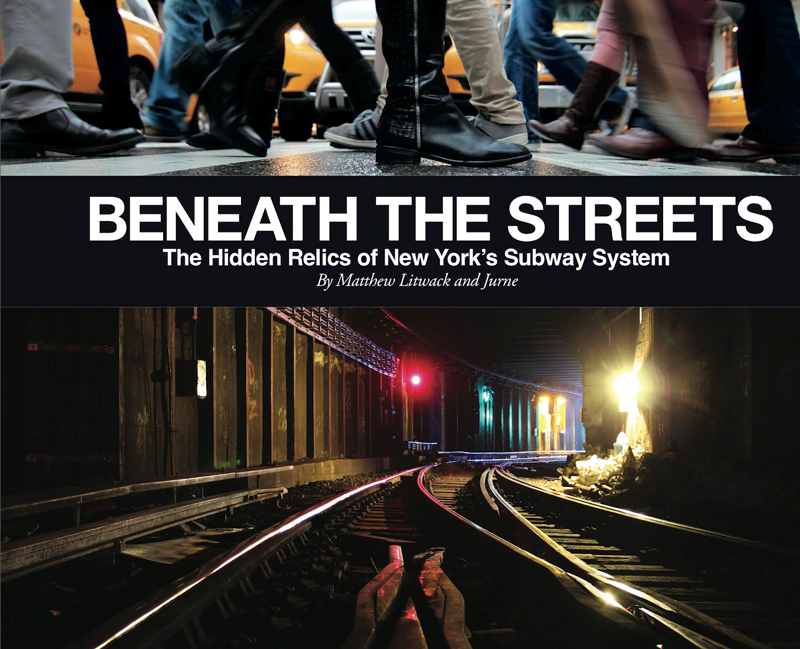
This cannot be stressed enough, do not read this interview and think you can go paint or photograph in the New York City’s subway tunnels. First off, there’s live lines down there that will kill you instantly. It happens every year, even to veteran writers and explorers. Secondly you’ll get arrested, because you’re not that clever. If those two reasons aren’t enough to warn you, you can hear it directly from the two authors themselves. Both Litwack and Jurne spent years risking there lives and freedom to bring the world one of the most cohesive projects to date covering the New York City underground. They talked with graffiti writers about their experiences in the subway, as well as current and former subway employees to assemble this stunning coffee table book published by Gingko Press last year. 1xRUN writer and photographer Mike Popso (@mrpopso84) talked with the authors to gather some insight on how they went about encapsulating a side of New York that most people — including longtime “local” New Yorkers — didn’t even know existed. Read on for more and purchase the a signed copy in the 1xBooks section today.
1xRun: How long did it take from start to finish for this project? What was the time table?
Matt Litwack: Well, I think we worked on it for a bunch of years within the last decade…
Jurne: …it took us, I’d say about four years from start to finish.
Matt Litwack: Yeah, yeah it was like four, four and a half years, from start to finish I’d say. I mean, I don’t know if this is gonna be a part of another question you might ask, but some of the photography is actually much older, it predates that.
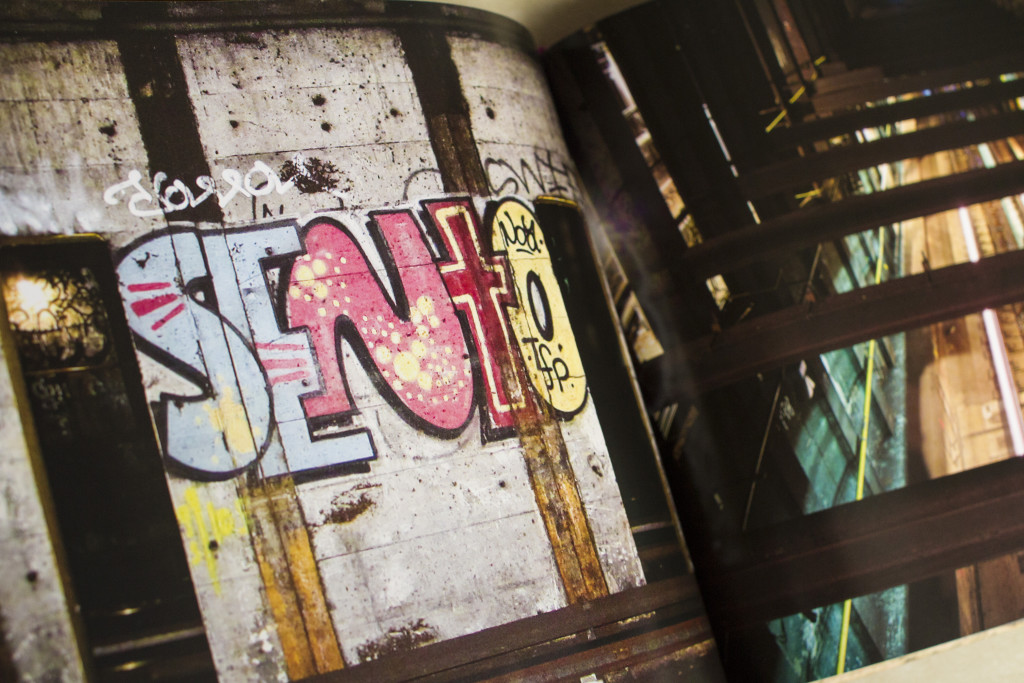
1xRun: Ok, as far as the artists involved, how did you guys get a hold Revs, Wane and all the active writers at the time? Did they hook you up with flicks? How’d that work?
Jurne: You’ll see that a vast majority of photography in the book itself is ours, but it is also supplemented by older photos from the writers and pull quotes from interviews that we did with several of them.
Matt Litwack: Yeah, there might have been twenty different people that had a hand in helping out, in one way or another.
1xRun: Did you guys tag team down there, go separate ways while you were down there? Were you guys always a team? Alright it’s Friday, I’m gonna go down the D line, you take the 2 train. How did that work?
Jurne: It sort of made sense to do it together. I was taking the majority of the long exposure shots, and I was photographing the majority of the graffiti. After that every single day, you have better knowledge of that equipment, but also on the flip side of that, having explored the tunnels all those years leading up to doing the project, I knew what graffiti to photograph, and what was relevant to the tunnel. Matt grew up in New York City, and all of us did a lot of time there. Matt almost has like a photographic or encyclopedia style memory, or knowledge, of what’s down in those tunnels, and sort of really knew “Alright in such and such stall, in this hatch, we gotta catch this little tag…” All of those sort of invaluable things that an outsider wouldn’t have been able to know without having been down there. So he was really like the go to point person for that.
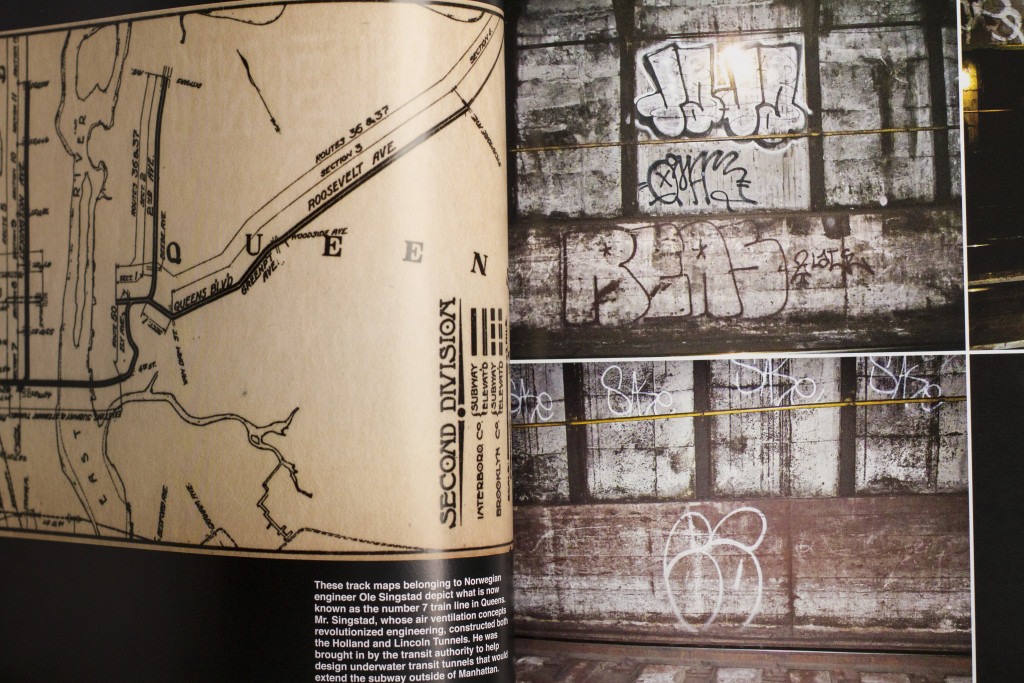
1xRun: So you guys never got permission to go down there essentially?
Matt Litwack: Nope!
1xRun: What was the most fulfilling “oh shit” moment you had when you guys were down there? Was it one of the old Revs diaries or some shit…I’m just curious just which one you guys got stoked on.
Jurne: Coming across some of the old Revs stuff was really great. You’d have to say, in the tunnels he definitely put in the most work. I think it was the Revs sort of graffiti. You know, non-graffiti related “oh shit” moments were maybe a bit more strong or memorable, you know, in that it was sort of scary to…
Matt Litwack: …Those actually happened towards the end of our project. We were shooting work, and then reviewing it, looking at holes and sections of the story we still needed to tell. So we sort of had a sense as the project was progressing, how much more work we needed to do. Towards the end of that, where we realized we have a lot of work, we needed to keep going down and shooting and shooting and shooting. We had one of those like scary, sort of, “oh shit” moments.
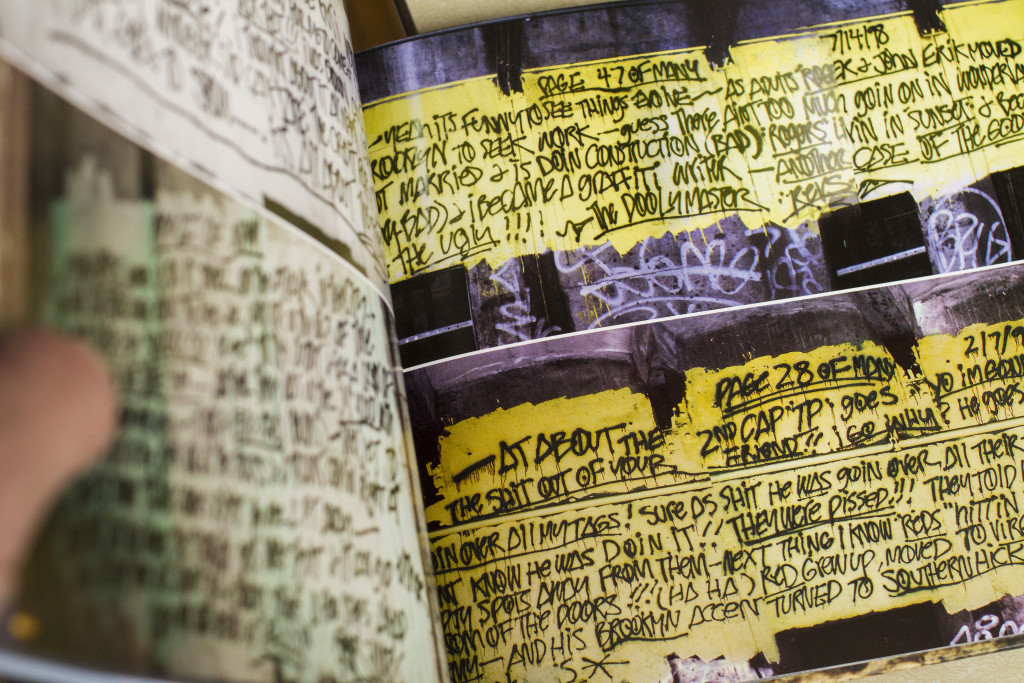
Jurne: We had one time when the train stopped and then knew we were down there. Luckily there are emergency exits in the tunnels that lead back to the streets, so based on where we were — it was a very lengthy and treacherous tunnel — and the graffiti that led into the city, I knew “oh shit. ok, there is a exit here. I’ve seen these from the train before.” So we were able to escape that time. Another time, we were in this two track tunnel, and it was taking forever to get to wherever there would be more clearance, and then a train came. It was another one of those moments where it could have hit us but we think that he saw us. So we had to get out of there, but yeah, we had a couple of hairy close calls.
Matt Litwack: As far as graffiti goes, I think for me maybe just seeing this quote that Scope wrote dedicating his piece to the one and only most beautiful lady alive, Miss Graffiti. I was kind of like, alright this is fresh.
Jurne: You can sort of imagine this similar sentiment itself by the writers that are going down in these pathways. Just being down there and experiencing that, it was surreal!
1xRun: So essentially being down there is really like the only real time capsule left of New York graffiti?
Matt Litwack: Absolutely, there’s nothing like it.
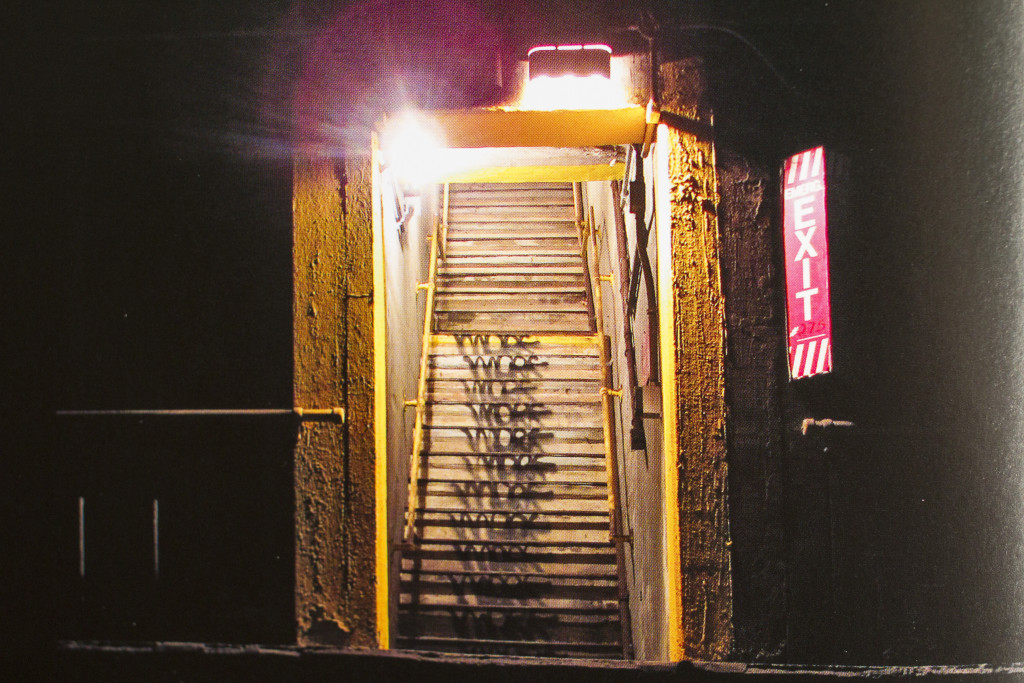
1xRun: I was in the freedom tunnel last year and I was seeing graffiti that I never thought would still be running. I can only imagine how much more is down there. Do you feel like that’s probably one of the only left places that will never get buffed or gone over?
Matt Litwack: I wouldn’t say would never get scuffed over or buffed. I mean, who’s to say what will happen in this history of the future of New York City, you know?
Jurne: Yeah, I mean they’ve tried to buff sections of the tunnel as well. More for like security measures, sometimes they’ll buff things near the emergency exits, but I think some of the abandoned levels, like the lay-up levels, where sometimes you find like the oldest graffiti, I really couldn’t see anything in there being cleaned. I mean, for hundreds of years it’s been there, where the public doesn’t even see it, where the train doesn’t go past it, and that’s where you’ll find some of the older shit.
Matt Litwack: Yeah, in doing the project I guess one of the things that we realized is, there’s an unconscious science to buff. The places that are least frequented, that people don’t really see, I think people have the least ambition to buff, you know? The city has the least ambition to buff because if there’s no perception of it in the public eye.
1xRun: Did you guys find any maps or anything down there that you took with you? Something that you never would have thought would have been just sitting down there? Almost like a souvenir?
Jurne: No, I mean I thought doing that. I would find like workers’ gloves and stuff, but…
Matt Litwack: …It’s pretty dirty.
Jurne: Yeah, really. I mean, that environment is so dirty. It’s disgusting. No matter what, when you go down there, you’re gonna be so filthy and disgusting. So yeah, we didn’t really come across anything amazing that we were trying to keep.
Matt Litwack: On that note, we did have blueprints in the book actually as well. We got all these old blueprints that are a hundred years old. They belong to one of the engineers, so we scanned a lot of those in and put that in the book so it would have a historical element to it as well. While we didn’t find those in the tunnel, we did get a few at an auction.
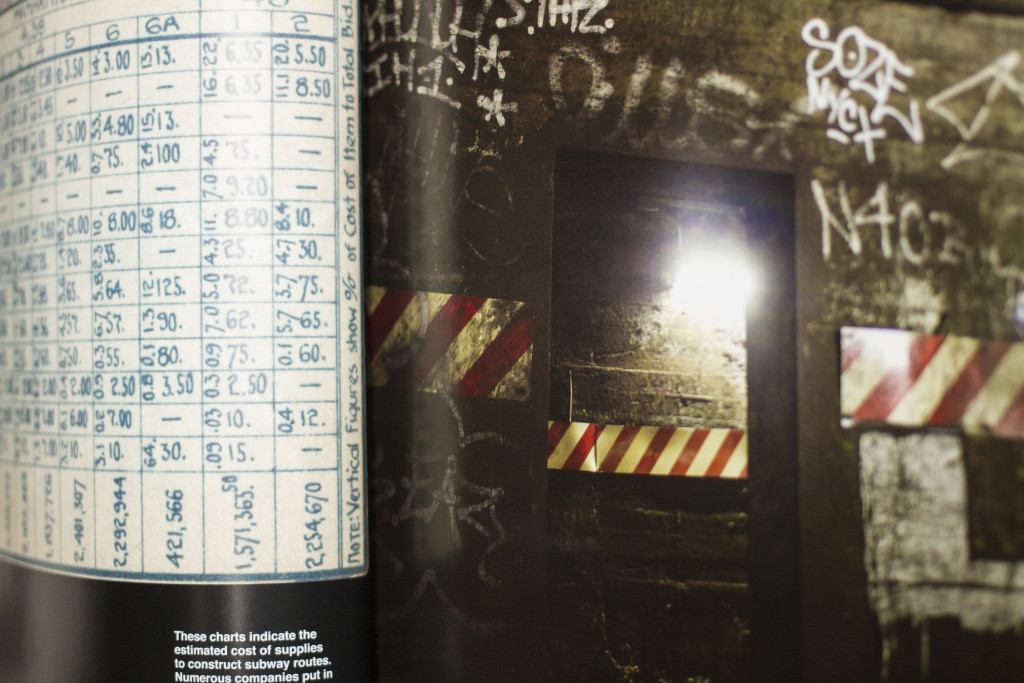
1xRun: Oh, so you had to buy those?
Matt Litwack: Yeah, I’d had it for some time, and they were like “oh we should put this in the book, this would be sick.”
1xRun: So I think what a lot of kids are missing these days is going out and having these intense moments in these insane environments. I see all this shit on Instagram, and it’s in a safe little quiet, dark building. Then I look at your photos and I’m thinking “God-damn that must have been so loud, chaotic and smelly down there. Just such a raw experience. Terrifying and exciting all at the same time, you know?
Matt Litwack: Mhmm.
Jurne: Sure. Everyone who is part of a sub-culture that changes and grows in popularity faces the same dilemma; having to grow with it and participate and still relate to it. I think whether it’s graffiti, skateboarding or whatever sort of counter-culture thing, it’s just about having a balance of remembering what you’re into, and also being current with the times and not wishing that it was still like, you know, 1990, and you have to rack Krylon from the hardware store. Because that’s not the day and age that we live in, it is what it is, you know?
1xRun: I was just trying to get a perspective of where you guys stand in the world of graffiti now, compared to back when you both started. You both have been painting for at least fifteen years now correct?
Matt Litwack: On one hand, of course yeah it sucks, it’s stupid. It really is ridiculous if this is what it’s transforming into. On the other hand, the world is always changing. The internet provides the world with a lot of good things and a lot of bad things. Maybe the internet is kind of just like a world itself. There’s a lot of good opportunities, and a lot of bad, you know? But it’s definitely watered down the experience of finding ill shit, you know what I mean?
Jurne: Exclusive stuff, that’s without question.
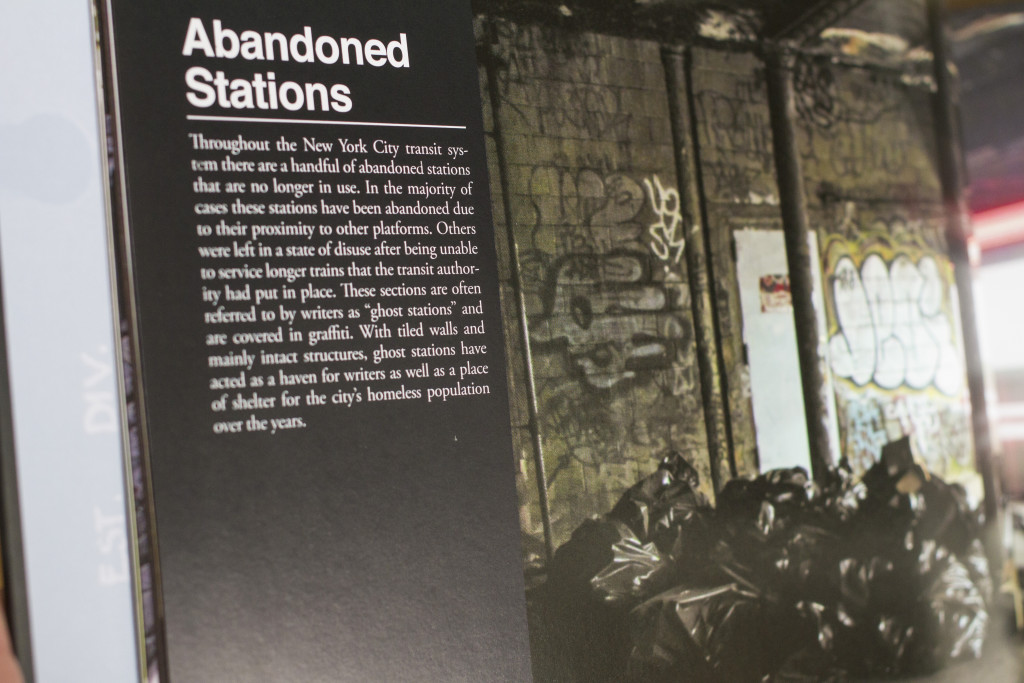
Matt Litwack: Another thing in relation to that, here we are glorifying what we did and what it’s like down there, you know? It’s really really dangerous. I think there’s like 625 volts of electricity, and you have these trains coming, and you don’t know what they’re doing down there. You could very easily get killed if you made it down in the tunnels a few times. So I don’t know if you want want to put that as a disclaimer or something, but a lot of people have been including that in the articles because I don’t know what’s gonna happen when you’re reading this, but if some fifteen year old kids reads it and gets the wrong idea. People lose their lives down there all the time.
Jurne: Having finished this book, I think we were both relieved.
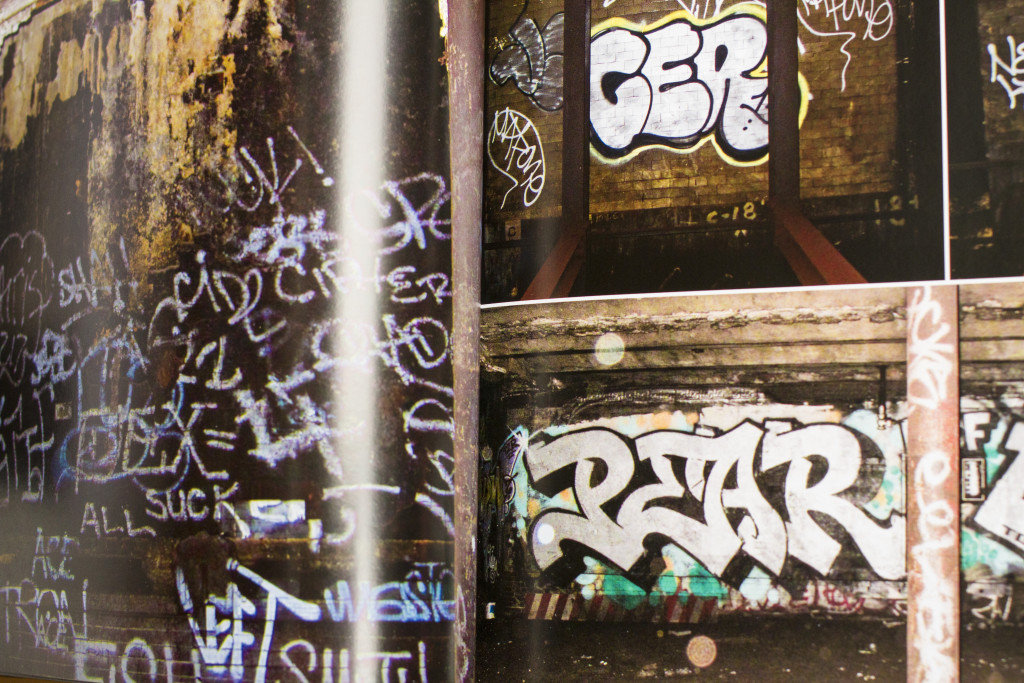
Jurne: It was interesting because, from a writer’s perspective, I feel like I’m always going into these spots or sort of investigating them from the standpoint of doing graffiti, and not doing graffiti while we were doing this project was a relief unto itself. I felt like we were civilians. You’re not trying to get over it. It’s not the same thing, but even still, I think there’s getting older, you realize how dangerous things are in a way that you’re conveniently naïve of when you’re younger. If anything, we’re sort of more aware of that doing this project, and thankful that we don’t have to go down. I’m not trying to spend another two hundred hours in an electrified subway tunnel.
Matt Litwack: Yeah, yeah. Well put. This is coming from somebody with experience.
Jurne: Just recently, New York City lost like a really legendary writer, DG, from being electrocuted. In the same environment, someone who was down in those stalls a lot. As much as anyone. As much as any thoroughbred New York City writer. It’s a shame and it’s sad, and I think it’s a reminder of how dangerous those places can be.
Matt Litwack: You can bat a thousand, but if you just fuck up one time you’re screwed.
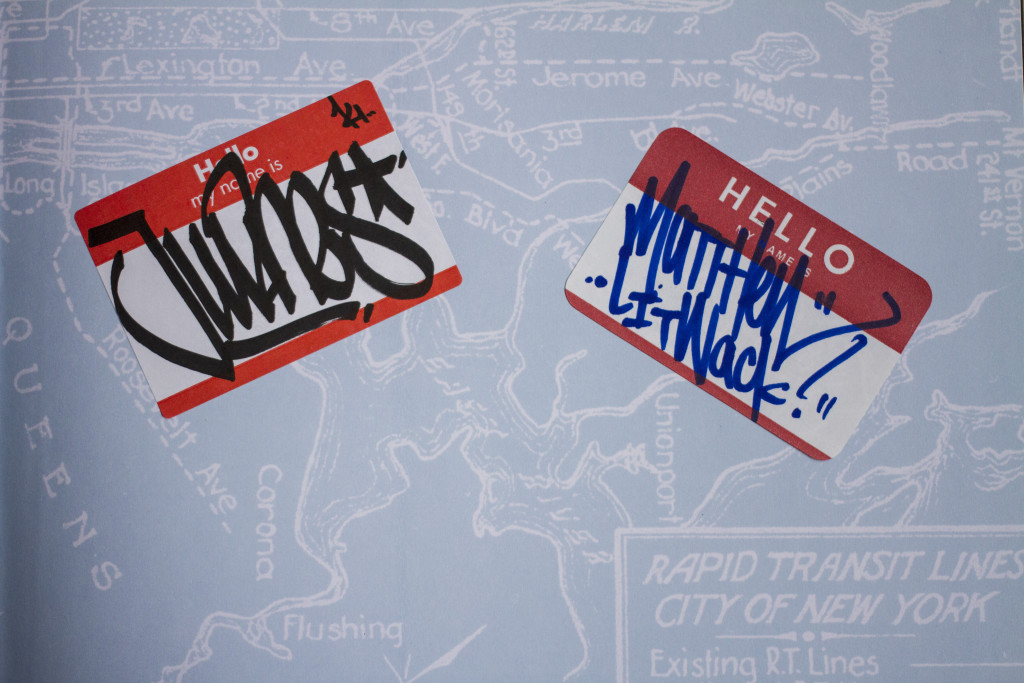
Head over to our Books page and scoop up a signed copy before they’re all gone.
-1xRUN
Interview, introduction and photos by Mike Popso.
Follow him on Instagram @mrpopso84